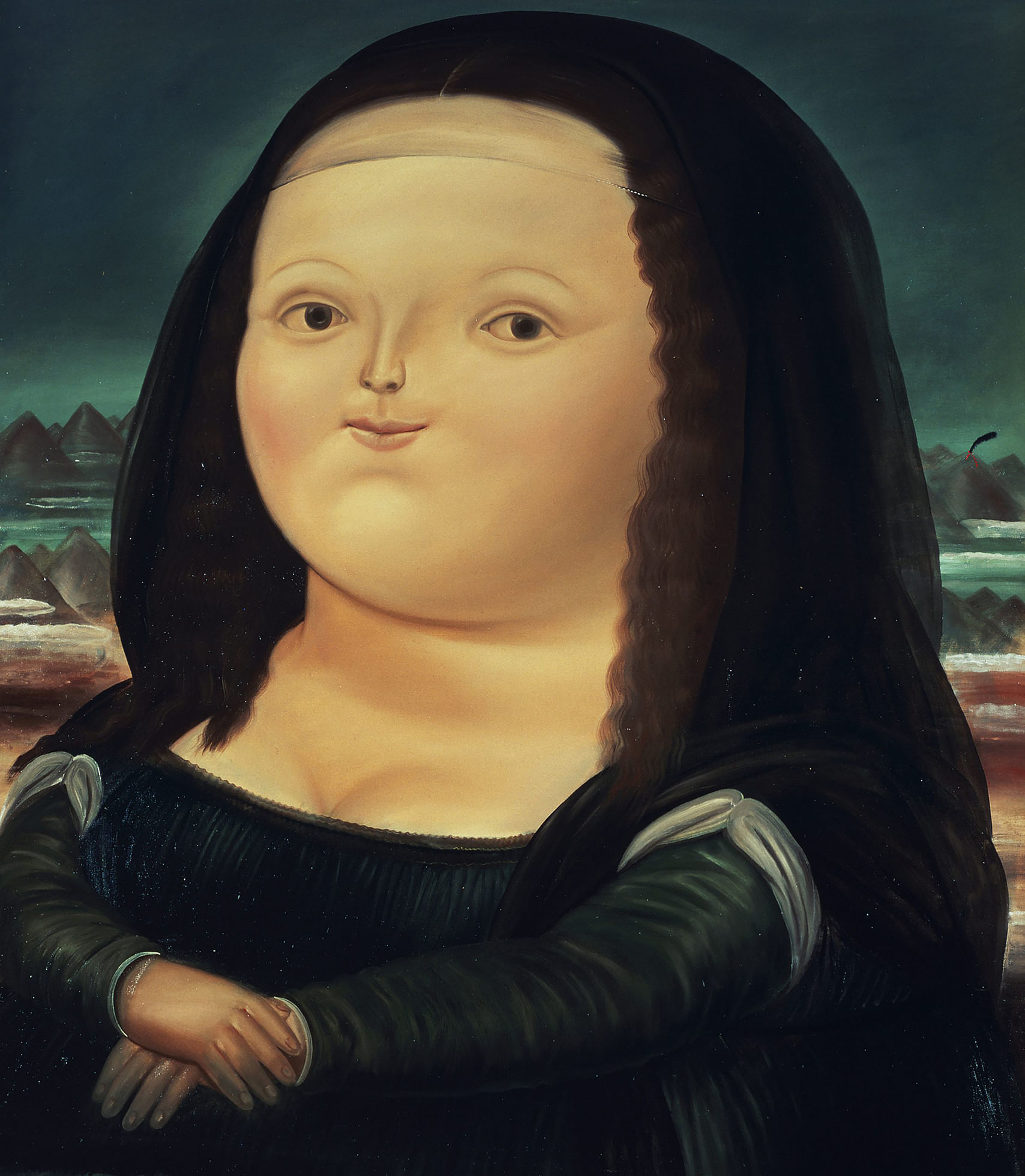
Colombian artist Fernando Botero, who gained worldwide fame for his signature style of inflated and oversized figures, died in Monaco on 15 September 2023, aged 91.
Mourning the death of the celebrated Antioquian painter and sculptor, the Colombian newspaper 'El Tiempo' hailed Botero as the greatest Colombian artist of all time. President Gustavo Petro reflected: “The painter of our traditions and our defects, the painter of our virtues has died. He painted violence and peace. He painted the pigeon that was rejected one thousand times, and put one thousand times on a throne.” The mayor of Medellin who announced seven official days of mourning said: “The works of Botero are part of our culture, they’re cardinal points, just like the mountains … We wouldn’t be who we are without him.”
When the coffin arrived in his native country, Colombians from all walks of life queued up to pay their respects to Botero. In Bogotá, a sorrowful populace watched the solemn military parade, holding flowers and handwritten messages as farewell gifts to the much-loved and admired artist.
After cremation, his ashes were taken to the quaint Italian town of Pietrasanta, where the famed artist had lived and worked for decades on his larger-than-life sculptures.
'Picasso of Latin America'
In a long and illustrious career spanning seven decades, Botero, who was often called the ‘Picasso of Latin America’, worked prolifically and created over 3,000 paintings and 300 sculptures.
Picasso was indeed a useful point of reference, particularly at the beginning of his career. “My dream, like that of all young artists, was to move to Paris and be like Picasso,” he reminisced. His attempts to meet the Spanish master however did not bear fruit. Botero admired Picasso, primarily, for his ‘non-conformism.’
Admiration for Picasso even landed him in trouble. When he was 17, he wrote an article for the Medellín newspaper El Colombiano (The Colombian) in which he paid homage to Picasso for his struggles, debates, and attacks on his former mentors. The young Botero’s views were considered 'irreligious' by the authorities who expelled him from the Jesuit high school.
Over time, Botero discovered his own style of representation and developed a vigorous visual language in which men, women, and animals assumed disproportionately large sizes, shapes, and persona. Even his bright landscapes, still lifes, and sculptures were presented in monumental sizes and proportions. It was while sketching a mandolin in 1956 that he found beauty in exaggerated forms; the discovery inspired him to pursue a new dimension that was "more voluminous, more monumental, more extravagant, more extreme."
One of his famous paintings shows his version of Leonardo da Vinci's Mona Lisa with a puffed-up face. His series of paintings prompted by the abuse, torture, and deaths of prisoners at Abu Ghraib prison in Iraq by members of the United States Army was much talked about. “They are among Botero's best work,” wrote Roberta Smith in the New York Times. "In an art world where responses to the Iraq war have been scarce — literal or obscure — they stand out."
Botero’s iconic paintings and sculptures were much sought after by eager collectors and curators and exhibited across the world. His painting ‘Mandolin on a Chair’ was one of the select pre-Colombian artefacts showcased as stamps by the Colombian Government.
Critics were amazed how through his distinctive vision, Botero not only reshaped his own life but also left an indelible mark on Colombia’s artistic and cultural landscape. His ability to fuse Colombian sensibility with the rich tapestry of art history showcased his profound understanding of both his heritage and global artistic traditions. “I am the most Colombian among Colombian artists,” he would proudly declare.
Figurative master
Botero continued painting until the end despite old age and Parkinson's disease. All through, he employed traditional mediums like oil, pastel, and charcoal, resolutely stuck to the figurative form, and never gave in to the lure of abstraction. Conceptually, he maintained a consistent form, style, and structure which appealed to audiences globally.
“Botero makes no distinction between a nude and a still life; a body, a face, and a fruit are all treated exactly the same way,” observes art historian Cecilia Braschi, curator of the exhibition titled Botero: A Dialogue With Picasso in France during 2017-18. “The abundance, equanimity, and magical suspension adapt themselves to any object, but in contrast to Picasso, without their intrinsic sensuality overflowing into excess or eroticism.”
Botero’s name is often linked with Nobel Laureate Gabriel García Márquez. ”Both García Márquez's novel and Botero's paintings extend reality slightly toward the fantastic,” says Wendy B Faris, co-editor of a book on Magical Realism. “García Márquez includes magical events in his otherwise realistic narrative; Botero paints people whose plumpness goes beyond the actual shapes of actual people. To compare them is to document the existence of a magical reality … and to understand more fully its complexities and its appeal.”
On his part, Botero believed that every true artist had a special way of seeing the world, and could ‘deform reality’ in line with a personal vision. “A perfect woman in art can prove banal in reality, like a photograph in Playboy,” he once said. “The most beautiful women in art, like Mona Lisa herself, were ugly in real life."
For him, a true artist was one who not only had the passion and love for his craft but also the will to pursue it every day of his life. He also insisted that a painting had to talk directly to the viewer, with composition, colour and design, "without a professor to explain it.”
Botero always maintained that he was a self-taught artist. “Everything I have done, I have done it by intuition, through work, through reading about art and the history of art, and by looking at the great masterpieces of art history everywhere in the world.”